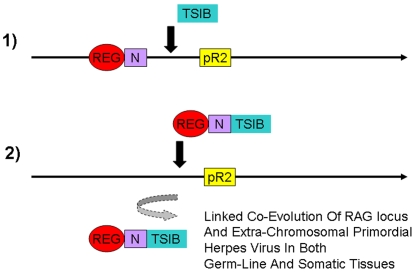Figure 10. Possible scenarios for origins of V(D)J recombination in the absence of a “RAG Transposon.”.
The co-regulatory hypothesis presented in this work cannot exclude the possibility that a transib transposon-like element inserted directly into the current RAG locus adjacent to a primordial RAG-2 gene and a conveniently located independent N terminal-like protein with sequences somatically regulated in immune cells already present at the site as shown in the top scenario (Scenario 1). However, this scenario would require several independent coincidences of adjacent N protein and regulatory sequences adjacent to proto RAG2 not found experimentally. Scenario 1 also provides no explanation for the continued presence of the RAG-1/RAG-2-like locus in the modern sea urchin genome in the absence of any known function or slective advantage. In a more probable scenario shown in the bottom panel a herpes-like episome already containing N terminal protein sequences and cis-linked somatic regulatory sequences inserted adjacent to a primordial RAG-2 protein to generate the current RAG site (Scenario 2). After the initial generation of the RAG site in either scenario, the initial selective benefit of the RAG locus may have been to provide immunity to subsequent herpes virus infection rather than V(D)J recombination for an undetermined interval of time during which herpes and RAG protein primary sequences diverged, and this locus may still provide some partial immunity until the present time to conserved “high-information content” regions of the herpes recombinase that cannot diverge due to functional constraints . After the primordial herpes virus lineage had diverged sufficiently in primary sequence to permit re-infection of the primordial deuterostome host with herpes-like pathogens, resumption of the herpes-host arms race would continue until the present.

